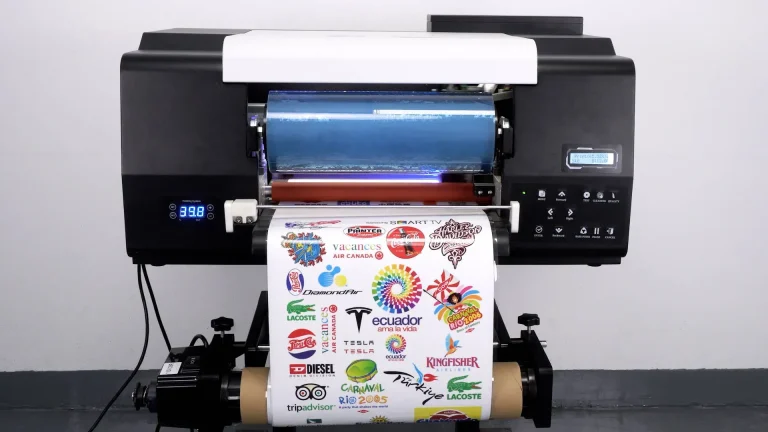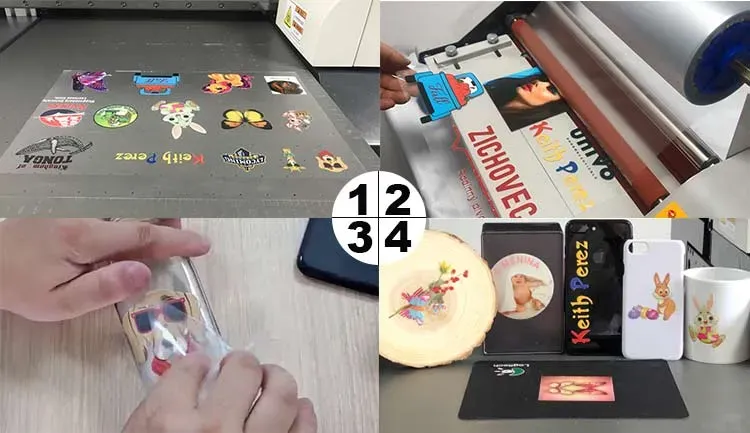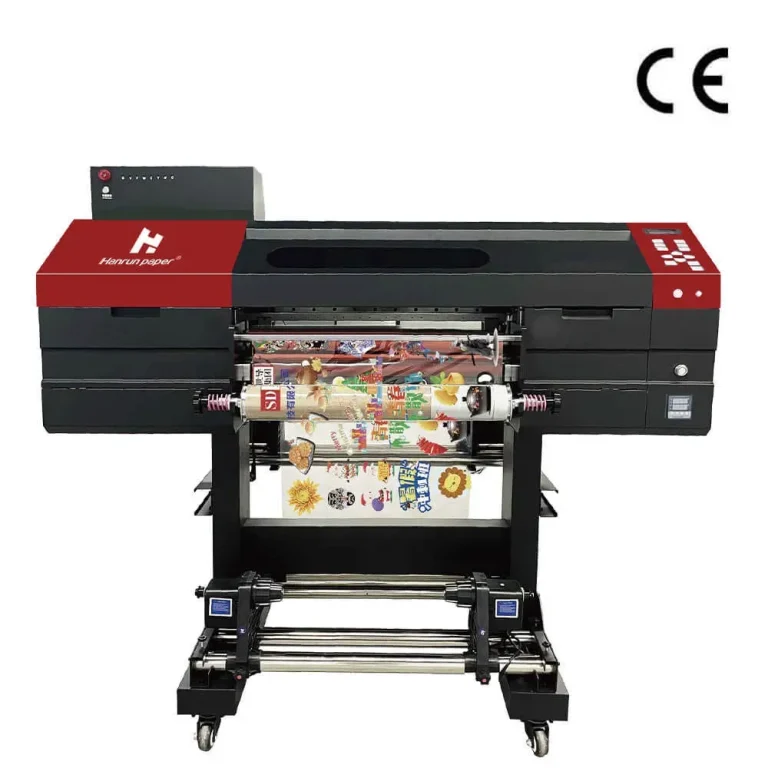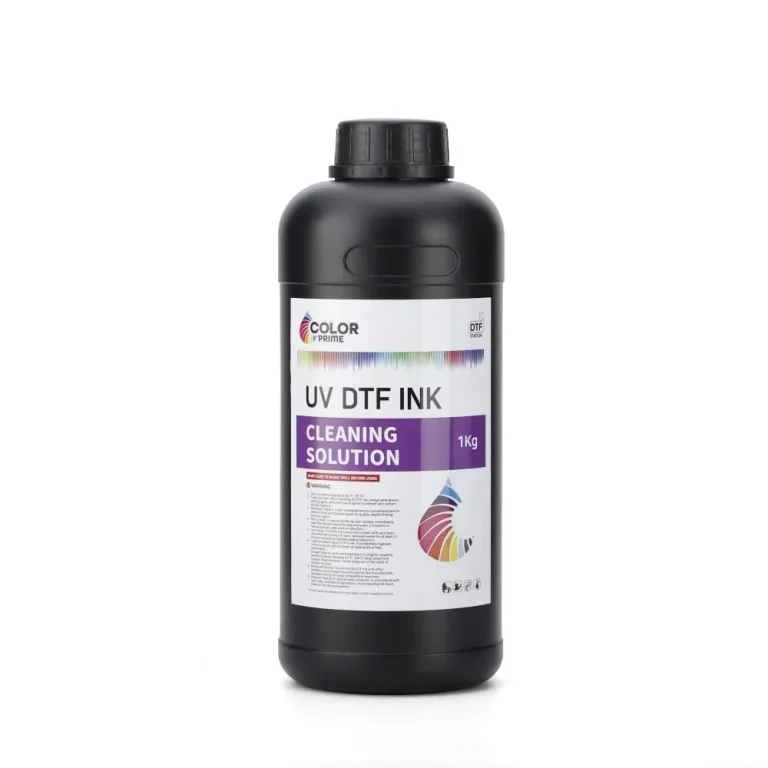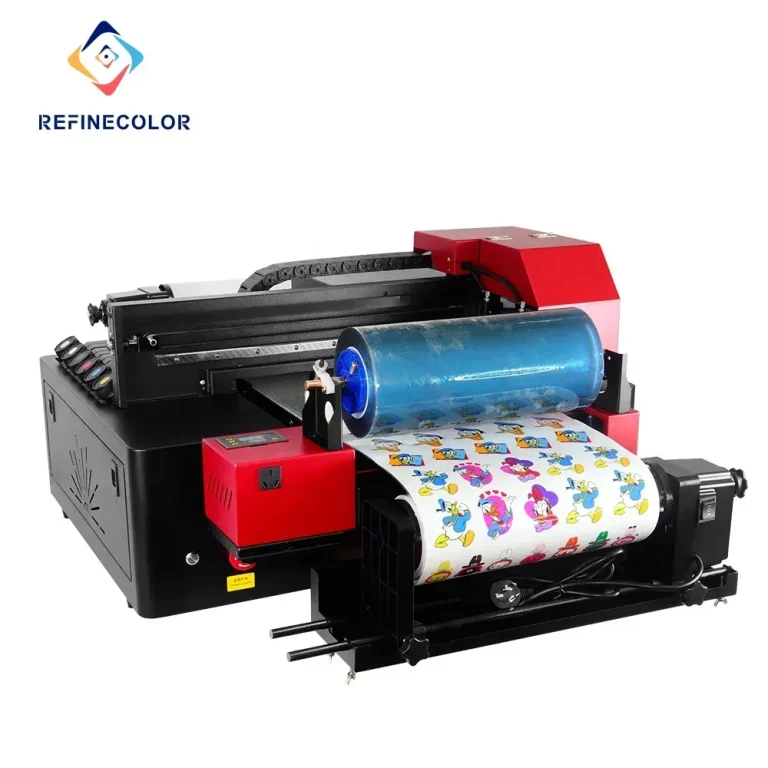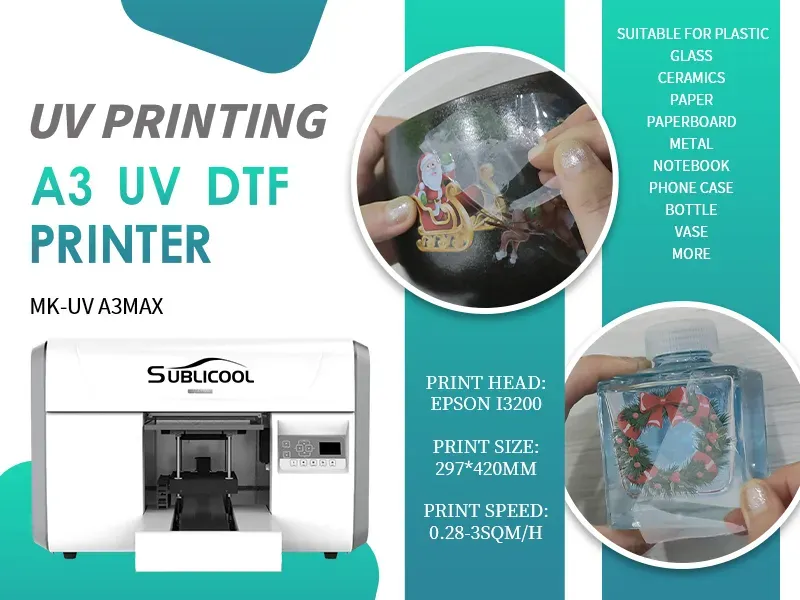
UV DTF printing troubleshooting is an essential skill for anyone involved in the vibrant world of digital printing. This innovative technique allows for stunning prints with remarkable durability, but sometimes problems can arise that affect UV DTF print quality. From ink adhesion issues to layering complexities, recognizing the challenges is the first step towards a flawless output. In this guide, we will delve into effective troubleshooting strategies that address common difficulties in ink adhesion in UV DTF, color calibration UV DTF, and printer maintenance. By honing your troubleshooting skills, you can ensure that your prints maintain their vividness and appeal for a long time.
When it comes to addressing the complexities of UV DTF printing, effective troubleshooting techniques are key to consistent success. Direct to Film printing using ultraviolet technology has unlocked new possibilities for creating high-quality, long-lasting graphics on diverse surfaces. Despite its advantages, practitioners often encounter hurdles related to ink compatibility, print clarity, and maintenance. This discussion will explore various solutions to common concerns such as achieving the right ink adhesion, ensuring proper color calibration, and managing layering issues in DTF printing. Navigating these challenges will enhance your printing workflow, allowing you to deliver exceptional works that impress both clients and consumers alike.
Understanding Print Quality Issues in UV DTF Printing
Print quality is one of the primary concerns for anyone involved in UV DTF printing. This issue can manifest in various forms such as banding, streaking, or inaccurate color representation. To tackle these print quality issues, performing regular maintenance checks on your printer is essential. For instance, ensuring the print heads are correctly aligned will help you avoid vertical banding that often occurs due to misalignment. Regular nozzle checks and cleanings are also vital, as clogged nozzles can lead to significant imperfections in print quality, severely impacting your final product.
Another crucial aspect to maintaining print quality is ensuring your ink is flowing consistently. This means regularly checking for any obstructions in the ink lines and promptly resolving any blockages. Keeping the ink flow uninterrupted will not only enhance the print quality but also minimize the risk of dead pixels or splotchy prints. Additionally, regularly calibrating your printer after switching between different media types or inks can ensure that the output remains consistent and of high quality.
Troubleshooting Ink Adhesion in UV DTF Printing
Ink adhesion is fundamental in ensuring your printed materials endure wear and tear while retaining vibrant colors. Poor ink adhesion can lead to faded prints, peeling, or flaking, which can severely diminish the quality of your work. To strengthen the ink’s bond with the substrate, surface pre-treatment is often required. This could involve cleaning the surface or applying special primers designed to enhance adhesion. Research and experiment with different pre-treatment methods for various substrates, as each material may require a unique approach for optimal results.
In addition to pre-treatments, selecting the right ink is imperative for achieving good adhesion. Using inks not formulated for specific substrates can lead to issues like smudging or loss of color vibrancy. Therefore, understanding the chemistry behind your inks and how they react with different materials can greatly improve your outcome. Regular assessments of both substrate and ink compatibility will help you refine your printing process and achieve superior adhesion over time.
Addressing Layering and Texturing Problems in UV DTF Printing
Layering and texturing issues in UV DTF printing can adversely affect the aesthetic appeal of your prints. Proper curing of the ink is crucial; if the curing process is inadequate, it may result in smudged prints or uneven surfaces. Make sure to regularly check your UV lamps for performance and ensure they are positioned correctly. Keeping the proper distance between the print head and UV light source, as well as adhering to recommended curing times, can help eliminate these layering issues.
Moreover, there’s a fine balance when it comes to adjusting layer settings on your UV DTF printing machine. If the ink layers are too thick, it may lead to excessive spread, subsequent smudging, or a lack of detail in the print. It’s recommended to experiment with different thickness settings to find a sweet spot that enhances both texture and detail. Taking the time to understand these dynamics will significantly improve the quality of your prints.
Color Calibration Techniques for Optimal UV DTF Prints
Color calibration is pivotal to ensuring that the colors you see on screen translate accurately to the printed output. Regular calibration of your printer, especially after changing inks or substrates, can prevent unpleasant surprises due to color shifts. The calibration process involves adjusting the color settings based on standardized color profiles. Incorporating color check protocols can help detect any inconsistencies quickly, thereby allowing you to correct any drift in color accuracy before mass production.
Furthermore, maintaining a controlled environment during the printing process is essential for consistent color vibrancy. Variations in temperature and humidity can lead to unexpected changes in color output. Utilizing dehumidifiers or temperature control systems can help preserve the integrity of the inks and ensure that your colors come out vibrant and true to what was designed. By adopting these calibration methods and environmental controls, you can enhance your UV DTF printing results significantly.
Optimizing Printer Maintenance for Longevity and Print Quality
Regular maintenance is a cornerstone of successful UV DTF printing. By scheduling routine cleanings and checks, you can prolong the lifespan of your printer significantly while maintaining high print quality. Regularly clean the print heads and ink lines to prevent blockages that could affect ink flow. Developing a maintenance schedule that corresponds with the frequency of your printing tasks can be an effective strategy in ensuring your printer operates at peak performance.
In addition to cleaning, it’s essential to frequently inspect other parts of your printer for wear or malfunction. This includes checking all mechanical components and ensuring they function smoothly. Keeping track of maintenance records will help you identify any recurrent issues and address them before they escalate. Having an efficient maintenance routine in place will ultimately lead to trouble-free printing and remarkable print quality.
Managing Software Settings for Flawless UV DTF Printing
The software settings of your UV DTF printer play a key role in determining the final quality of your prints. Proper configuration of these settings according to the type of material being printed on is vital. Mismatched settings can lead to poor print quality and waste precious materials. Before starting a print job, double-check that all software settings align with the recommended specifications for the substrate and inks being used.
Moreover, staying updated on software upgrades and understanding their implications on print quality can enhance your outcome significantly. Some newer software versions incorporate advanced features that can optimize print resolution, speed, and color management. Investing time in understanding and utilizing these features can lead to improved efficiency and breathtaking print results in your UV DTF projects.
Frequently Asked Questions
What are some common print quality issues in UV DTF printing and how can they be fixed?
Common print quality issues in UV DTF printing include banding and streaking, which can often be resolved by checking print head alignment and ensuring that nozzles are clean. Regularly performing a print head alignment test and scheduling routine nozzle maintenance will significantly enhance the overall print quality.
How can I improve ink adhesion in UV DTF printing for better durability?
To improve ink adhesion in UV DTF printing, ensure that surfaces are properly pre-treated. Cleaning substrates and using the right primers or adhesion promoters can significantly enhance the bond between ink and surface, resulting in longer-lasting and more vibrant prints.
What should I do to address color calibration issues in UV DTF printing?
Proper color calibration in UV DTF printing is crucial for consistent results. Regularly check and calibrate your printers, especially after changing inks or substrates. Additionally, maintaining a stable environment, including temperature and humidity control, will help preserve color integrity.
What maintenance tips are essential for preventing layering issues in UV DTF printing?
To prevent layering issues in UV DTF printing, focus on ensuring proper curing of the inks and adjust the layer thickness according to the substrate. Regularly check the functionality of UV lamps and maintain appropriate curing durations to avoid smudging or other defects.
How can I troubleshoot ink flow issues in UV DTF printing?
Troubleshooting ink flow issues in UV DTF printing involves regularly inspecting ink lines for blockages or air bubbles. Clear any obstructions promptly to maintain consistent ink flow, which is essential for avoiding misprints and achieving the desired print quality.
What general maintenance practices should I follow for UV printer maintenance?
For effective UV printer maintenance, establish a routine that includes regular cleanings of ink lines and print heads. It is also recommended to schedule maintenance checks to ensure all components are functioning correctly, ultimately prolonging the printer’s lifespan and enhancing print quality.
| Key Troubleshooting Tips | Description | Action Steps | |
|---|---|---|---|
| Print Quality Issues | Check and maintain printer head alignment. Use cleaning cycles for nozzles. | ||
| Ink Adhesion Problems | Pre-treat surfaces and select compatible inks to enhance adhesion. | ||
| Layering and Texturing Issues | Ensure proper curing and adjust layer settings according to substrate. | ||
| Color Consistency and Vibrancy | Calibrate regularly and control the environment to maintain consistent colors. | ||
| Filtration and Ink Flow | Inspect ink lines for blockages and ensure a consistent ink flow. | ||
| Software Settings | Verify printer settings align with materials for optimal prints. | ||
| General Maintenance | Schedule regular cleanings and maintenance for printer longevity. | ||
Summary
UV DTF printing troubleshooting is essential for achieving high-quality results consistently. By addressing common issues related to print quality, ink adhesion, layering, color consistency, and routine maintenance, you can significantly enhance your printing outcomes. It’s vital to ensure that your equipment is well-maintained and that you’re following best practices for each print job. Armed with the right knowledge and techniques, you can prevent many common pitfalls in UV DTF printing and achieve remarkable, vibrant results that stand the test of time.

